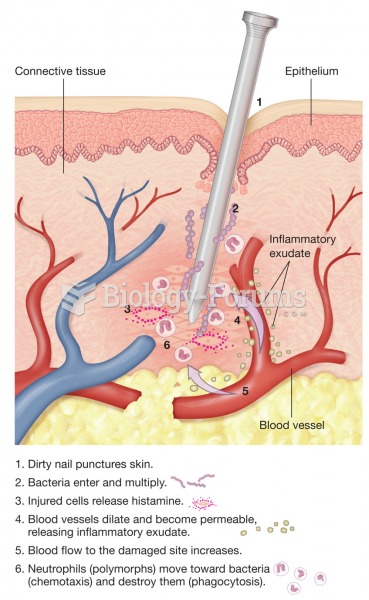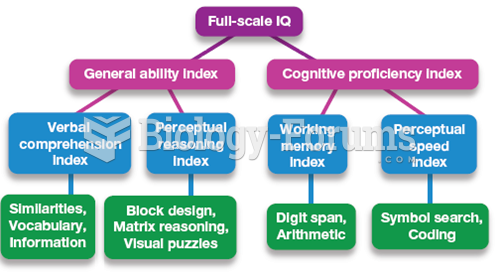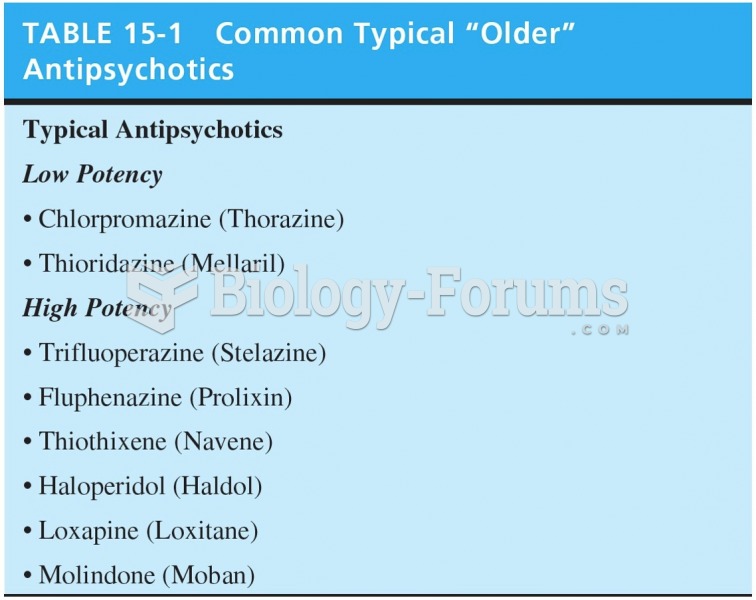Answer to Question 1
D
The nurse's priority is to maintain oxygen saturation above 95 to help provide oxygen that the heart is unable to provide. The heart of this older adult is less able to respond to increased oxygen demands from infection because of age-related changes in the myocardium including ventricular hypertrophy and decreased coronary blood flow and changes in pulmonary function. Further, because this older adult is malnourished and thus likely to have anemia, any capacity to meet increased oxygen demand is stymied. Along with airway, breathing and circulation are two of the three most basic needs. Similarly, the older heart may not be able to respond to other calls for increased cardiac demand such as infection, anemia, pneumonia, cardiac dysrhythmias, surgery, diarrhea, hypoglycemia, malnutrition, and drug-induced and noncardiac illnesses such as renal disease and prostatic obstruction.
Monitoring temperature and leukocytes is important to implement for anyone with an in-fection, but it is not as important as breathing and circulation. Besides, fever is an unreliable in-dicator of infection in an older adult. Providing assistance with meal planning is a reasonable nursing intervention, but it is not as important as breathing and circulation. The nurse provides high-quality protein in this individual's diet because of malnutrition, but this teaching is not as important as breathing and circulation.
Answer to Question 2
C
Feedback
A Incorrect. Preventing decline can be a goal in the overall plan of care for this resident, but that cannot be determined until the assessment is complete.
B Incorrect. This is a potential nursing intervention for patient teaching; however, in problem solving, a different compensatory solution can be developed based on the assessment.
C Correct. The most important intervention for the nurse to complete first is to as-sess the impact of the visual impairment on the resident's quality of life, mood, and functional ability. The resulting assessment data provide the basis for solv-ing new problems caused by the loss of vision and finding compensatory me-chanisms for the resident.
D Incorrect. Problem solving takes place after a complete assessment.







